By Nancy Scuri
Campus News
An article in The New York Times, (“Can’t Think, Can’t Remember: More Americans Say They’re in a Cognitive Fog”) noted that an increasing number of college-aged students were experiencing physical and mental issues usually seen in older people. These problems, including forgetfulness and “brain fog” were seriously interfering in the ability of these people to successfully complete college programs, keep jobs, or even function as independent adults.
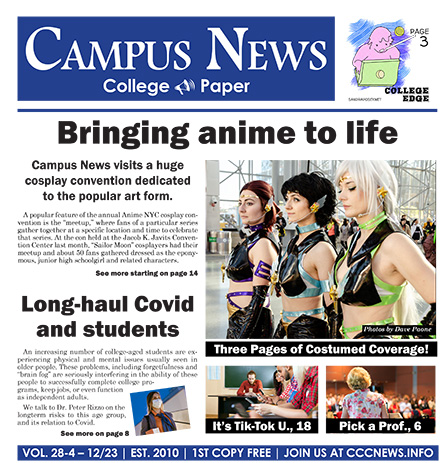
Dr. Peter Rizzo, an emergency room physician who has practiced in New York City, as well as remote areas, took time from his recent assignment in the Australian Outback to discuss these findings and how they could impact college students.
Campus News: According to The New York Times article, people aged 20-40 are reporting more physical and mental issues normally seen in older populations. Is this something you’re encountering since the onset of the pandemic?
Dr. Peter Rizzo: We do know that COVID can affect organ systems through various pathways and the brain is one of those systems that has been affected. The lines between increased self-awareness/reporting, actual disease, and other diseases such as various dementias, are blurring. It will be increasingly difficult to separate the different pathologies and variants as the population ages. My personal experiences have been different to those of the rest of the world. However, that is changing. Australia and New Zealand have opened their borders, and new strains are arriving. I have a hunch we will end up like much of the world as new strains travel globally. Like it or not, young people are not experienced. Healthy young adults are supposed to have inherent risk taking while they explore their lives and develop experiences. Most of the risks are thought of as risk of bodily harm. However, there are far more insidious risks the young will engage in. It is far more likely to obtain a respiratory virus in a social situation such as a party, a club, or even going out where an inadvertent grabbing of a rail or tabletop. A hand that scratches a nose or rubs an eye will have virus particles ready to land on that moist surface and stay there happily infecting a new host. A demographic that has not yet learned they aren’t bullet proof are, quite frankly, at a greater risk when something as insidious as touching a contaminated surface. Diligence and self-awareness without panic or blame will have to be the new normal.
CN: Researchers are attributing this trend to the effects of long COVID. Are there other contributing factors we should be considering?
PR: Honestly, I’m not sure. I believe there is much more awareness and acceptance of disabilities. The article published in The New York Times acknowledged how difficult it is to discern the other factors can be. People can talk about disabilities and mental health issues in ways never before and I think the pandemic heightened a lot of that.
CN: A good deal of your medical practice has been in remote areas and emergency medicine, including “adventure tourism” cases. Considering how young adults tend to take more risks, have you seen any changes in the cases you’d see?
PR: When inflammation of the lungs causes one to suffocate slowly, or the neurological dysfunction is so bad someone can’t think well enough to work again, the problem is real.
This problem is magnified in remote communities that are any distance of more than 2 hours by ground or air. What is difficult to manage is the risk matrix of remote or extreme environments. Television, films, and social media have done an excellent job of promoting rescue and all its glory. Sophisticated medical care is in sophisticated environments, not adventure or extreme environments. Stations in Antarctica will have sophisticated equipment, and there are great ‘phone a friend’ resources, but at the end of the day (or night, which might be 3 months long) evacuation may not occur for up to 8 months. (Did you know the space station can get someone back to earth in 24 hours? At best it will take 4 days in Antarctica.) Going and entering areas and situations that are risky is all part of the fun. Except the youth haven’t lived the consequences.... yet.
CN: Do you have any advice for anyone experiencing long COVID-type symptoms?
PR: How do we know if an ankle is sprained? One cannot walk on it, and it hurts. So, in medical terms, this represents loss of function and irritability. So, in the simplest terms, a traumatic injury is something that occurs after a pathological insult (not the zinger about your mom) where there is loss of function and or irritability. So how do we know if the brain is “sprained” or concussed? Exactly the same way. There is a loss of function (walking, talking, memory, etc.) and irritability. Neurologic irritability is a cranky brain. Bright lights or sounds are bothersome. There may be nausea, vomiting, or headaches. So, anyone that has ticked a single box within the loss of function and or irritability has, by definition, a concussion. It will likely be proven with research that COVID has its own inflammatory pathways leading to loss of function. I think the realm of occupational therapy as dealt with concussions and other rehabilitation specialties will probably become an emerging field.
CN: What else do we need to know?
PR: I think it’s important for people to understand the baggage different viruses may bring, not just COVID. Most viruses will affect the whole body. HIV is a perfect example of how one may believe one has a minor infection with aches and fevers for just a few days, but it will reside in the immune and neurological systems. Other viruses may infect the whole body but have a predilection to infect the heart as another example.
The real issue with COVID is it can affect so many different organs in the same way other viruses would affect their target organs. Think of COVID as a combination of viruses. Encephalitis is inflammation in the brain. Brain fog may be related to this, and according to the research mentioned above, it may well be.
Peter Rizzo MD, Dip ABEM, FACEM, ACRRM Registrar served as Attending Physician at Montefiore Medical Center, New York. He currently practices remote/rural medicine in Australia.



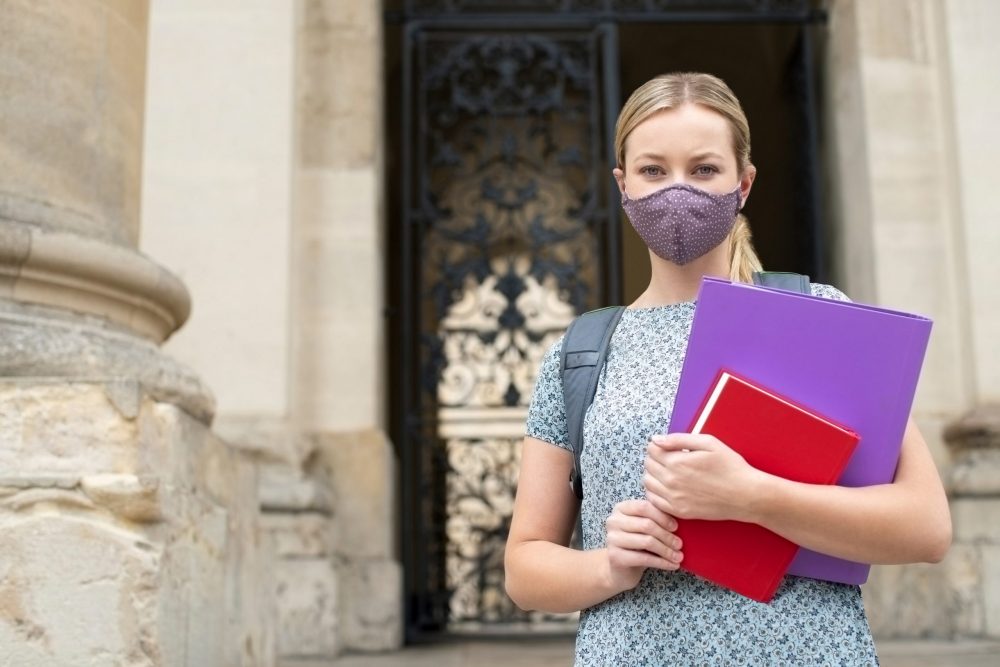
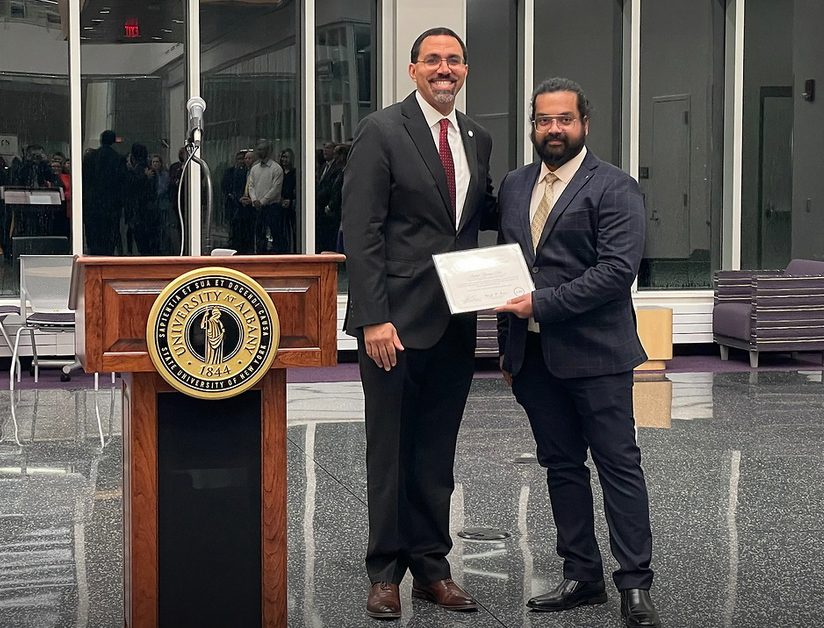
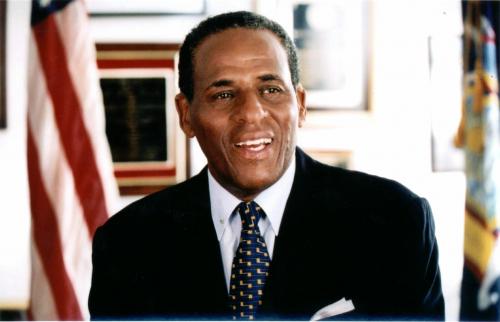
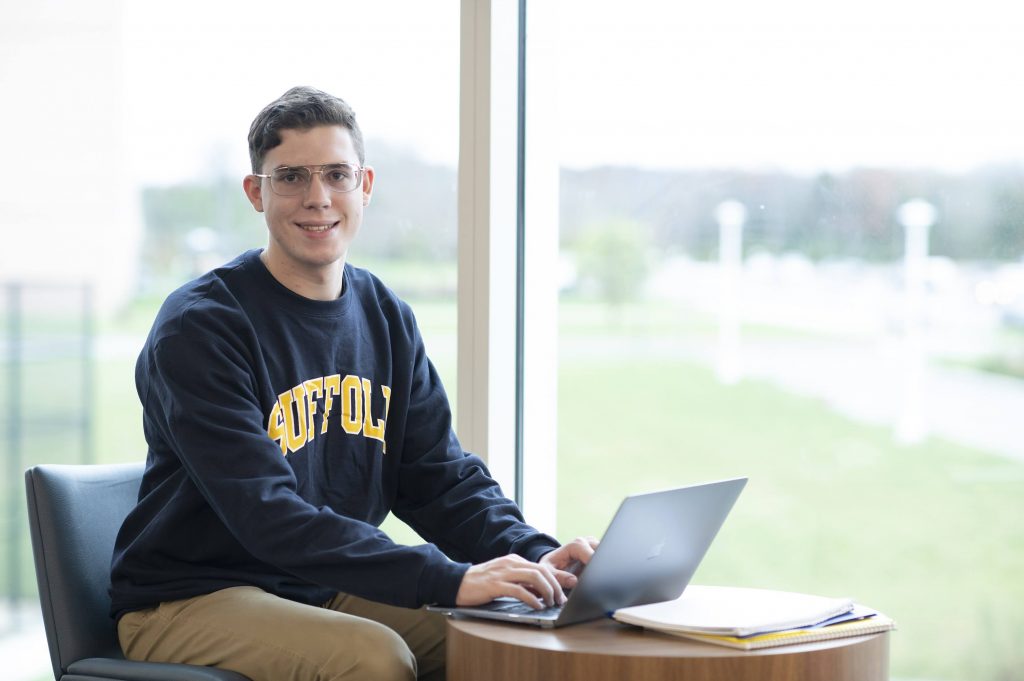

Facebook Comments